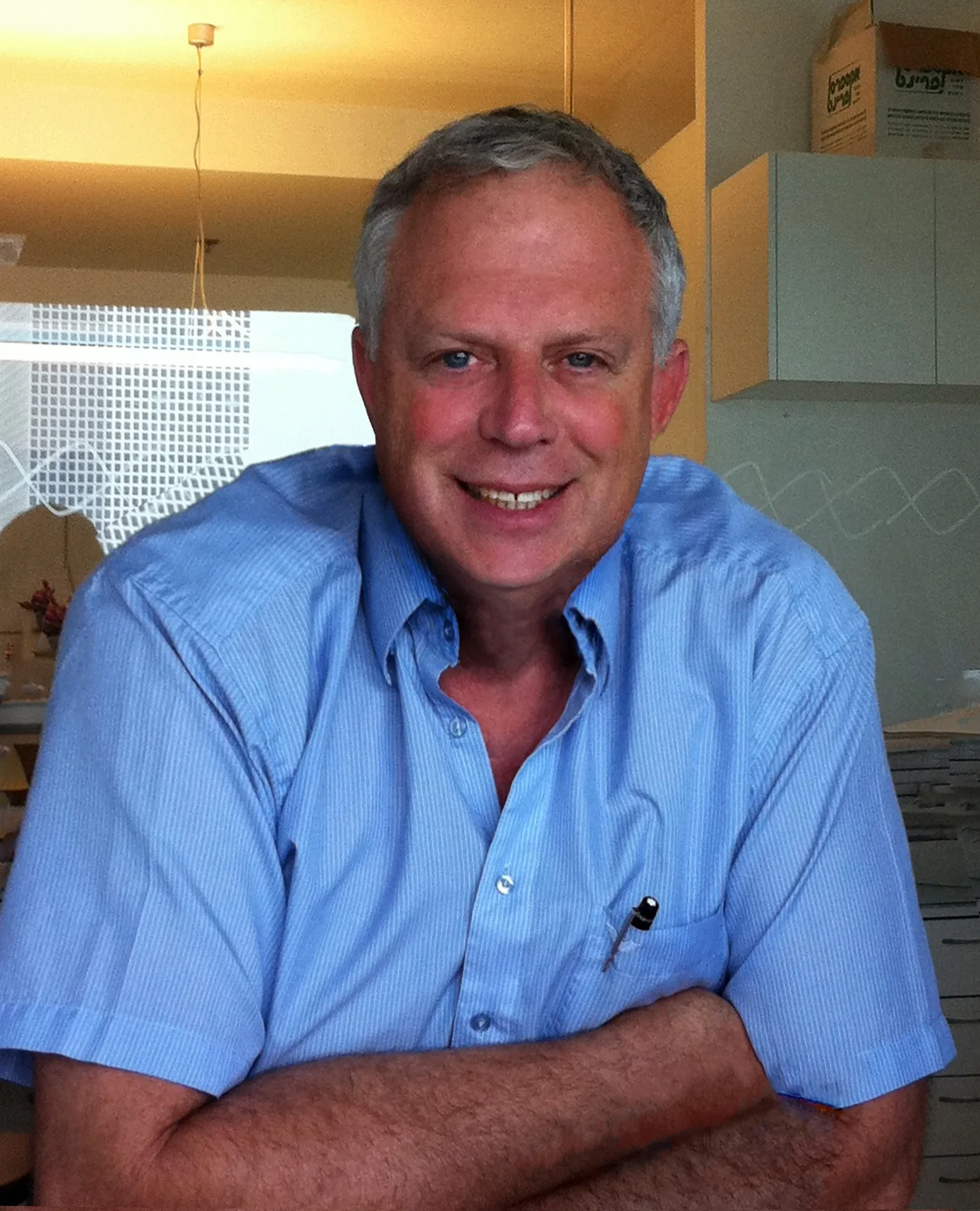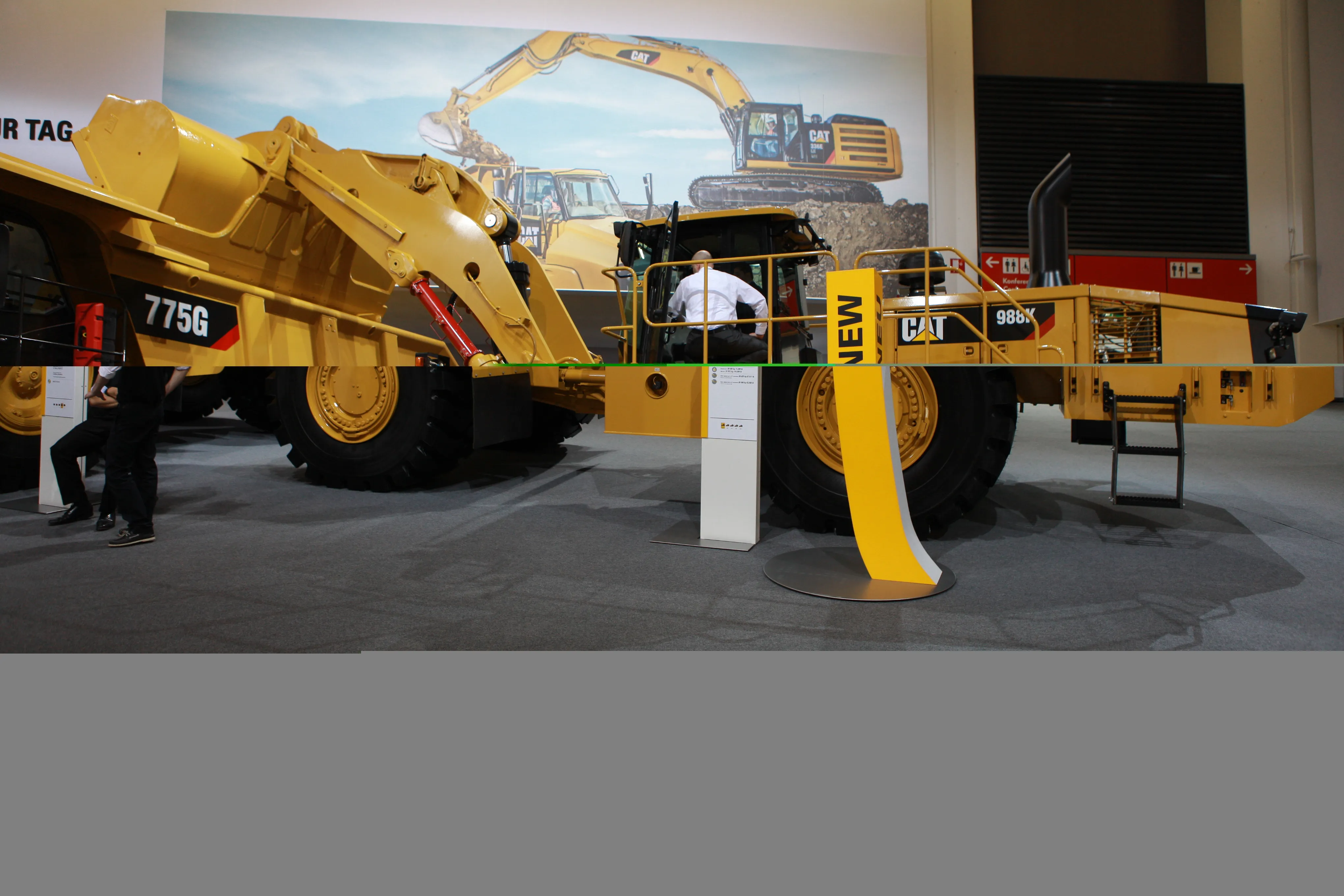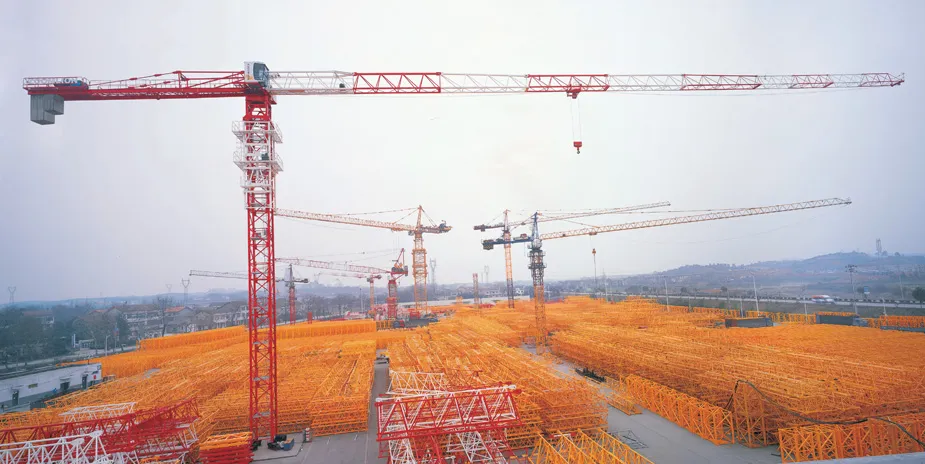An Interview with PRS-Med’s VP of Business Development and Marketing Hadas Levin by Chris Kelsey
The year 1977 has become a watershed year for polymeric construction materials. Dr. J.P. Giroud coined the terms ‘geotextile’ and ‘geomembrane’ in a key paper at the First International Conference on Geosynthetics; and the United States Army Corps of Engineers (USACE) published a report on its testing of cellular confinement systems (first undertaken in Vicksburg, Mississippi in 1975). The investigations in Mis
May 10, 2012
Read time: 6 mins

An Interview with
Here, 35 years later, I had a chance to interview Hadas Levin of PRS-Med, an international company that has specialized in the manufacture and growth of cellular confinement systems and their increasing use in transportation applications. – CK
While there are only a handful of companies really developing the general construction market for geocells around the world, the emphasis PRS has historically placed on cellular confinement systems as a transportation design solution has somewhat differentiated you. When did PRS-Med enter the geocell marketplace, and when (and perhaps why) did you target transportation so strongly?
When PRS started making geocells in 1996, we didn’t really understand why such a successful concept as the 3D geocell confinement was not more widely known and accepted in civil construction. After analyzing the market we reached three main conclusions. First, geocells were being used mostly for erosion control and not base reinforcement for roads. Second there was a lack of basic geocell research into the geocell reinforcement mechanism and influencing factors. And third, if geocells were to be used in heavy long-term road and railway applications, a new type of geocell was needed. In 2005, we decided to roll up our sleeves and see how PRS could advance geocell technology and the industry.
The Giroud-Han Method was published in 2004 and has gained considerable respect for its utility in long-term reinforcement designs for unpaved roads. It has applied almost entirely to the use of geotextile and geogrid reinforcement, however, until Dr. Han calibrated its use with Novel Polymeric Alloy (NPA)-based cellular systems (2011). Has the availability of this expanded research changed the way design engineers, regulators, or contractors interact with your company?
First let me say that this research – over 40 published papers in the last 5 years alone – has established the technical knowledge base for geocells and 3D confinement. This research, which I might add was a synergetic effort between PRS and leading researchers in the field, provided important feedback into the R&D process. Dr. Han used the results of the extensive testing to calibrate his design method for the Novel Polymeric Alloy geocell systems, providing the engineering validation for the use of geocells in long-term solutions. PRS has also utilized this research to develop engineering flow charts and design tools for use with its NPA geocells. We thought it was important to finally give the user a way to match the geocell to the required project loading and design life. We're happy with the result and have received really strong feedback in support of these new selection tools.
The role the polymer plays in a geosynthetic’s characteristics and performance (e.g., flexibility, UV resistance, service life) is significant, and materials such as geomembranes are nearly always discussed in terms of selecting the right product by understanding its polymer and how it will influence and enable your design. In general publications, however, geocells have often been written about without discussion of the polymer. Has this been a hindrance to the growth of the cellular confinement market?
While there have been advances in materials and performance in the world of geosynthetics, the basic HDPE polymer geocell has not changed much since its introduction some 35 years ago (although cheap imitations are available). While HPDE is widely available, low-priced and flexible, it suffers from creep and is unsuitable for long-term use under heavy loading. We recognized that a geocell strong and durable enough for applications such as highways and railways required the development of a completely new polymer.
Based on nano-fibers in a polyolefin matrix, the Novel Polymeric Alloy developed by PRS provides geocells with very high stiffness, tensile strength and durability. This new polymer is also manufactured in multi-layer strips of durable layers around a high-strength core to provide optimal performance. This high-modulus geocell is specifically designed for critical applications, such as paved roads, railways and high retaining walls, where long-term high strength is required. At the same time, the multiple layer manufacturing process enables the production of several versions at differing tensile strengths and environmental durability. So you can get the most demanding geocell available for those heavy duty jobs or a lighter version for more conventional erosion control projects. The ability to match the specific long-term requirements of a project to the engineering parameters of geocells enables maximum cost effectiveness, that is, lower project costs.
What do you see as the largest gaps in knowledge in the field—on the user/designer side—about cellular confinement systems?
Cellular confinement systems have tended to be a black box solution. One size fits all. The same geocell polymer and performance parameters (although at different heights) was used for erosion control (where loading and design life are less critical) as well as for railway substructures (where it is subject to millions of cyclical loading).
Until now, no one ever calculated the strengths exerted on geocells in different applications and sub-applications and was able to match the required loads with the geocell tensile properties and long-term design life. Now we can provide the designer with practically customized geocells that are manufactured according to different performance levels. Design guides enable the user to optimize geocell performance with their specific project needs. The bottom line – exactly the right performance at the lowest possible cost.
What do you see influencing the cellular confinement market’s near and long-term growth?
Engineering, geosynthetics and sustainability all have the same goals – to do more for less. Better performance for less money. That’s what advanced geocell technology is about. Geocells, tailored to the project’s requirements and lifespan, save money in the short and long-term.
In the long-run, with the increasing need for more sustainable and perpetual roadways and railways, base reinforcement with Novel Polymeric Alloy geocells has multiple engineering, environmental and economic benefits in almost any transportation corridor: you can reduce pavement thickness, use inferior or recycled infill materials instead of virgin aggregate, increase the pavement lifespan and reduce maintenance.
Last, in addition to the multiple geocell categories by project type, it’s important to mention that geocell technologies, such as these that are easier, faster and cheaper to install, and will have an influence on the choice and use of geocells in the future.
With a win-win proposition like this it’s hard to see how the use of geocells won’t become part of the future transportation infrastructure.
Christopher Kelsey writes for %$Linker:








